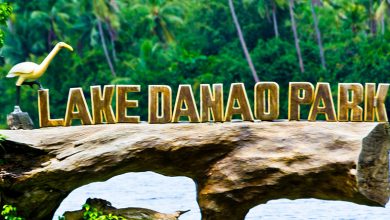Geography
The Philippines, lying off the South East coast of Asia, form the north-eastern fringe of the Malaysian world. This tropical archipelago, borders the South China Sea to the West, the Western Pacific to the East, the Celebes Sea and Sulu Sea to the South. It is highly fragmented, consisting of 7107 islands, intricately patterned and extending over a distance of 1800 km from South to North, from latitude of 4 North in the Sulu Islands to 21 North in the Bataan Islands and straggling from West Longtitude of 116 to 127 East longitude. The influence of the sea is felt everywhere: no point on any of the islands is more than 120 km from the coasts, which have a total extent of some 23,000 km. This insular structure is reflected both in the climate and the pattern of life in the Philippines. Most of the islands are rocks or coral reefs only 2773 of them have a names, and only 880 are inhabited. Eleven of the islands stand out from the rest in size and population, accounting for 98% of the total area of the country (some 3,000,000 sq. km). The two largest are Luzon in the North (105,000 sq. km) and Mindanao in the South (95,000 sq. km). Between them are ineffable inland seas (Sibuyan sea and Visayan sea), and the Visayas, consisting of six main islands; Samar (13,000 sq. km), Negros (12,700 sq. km), Panay (11,400 sq. km), Leyte, Cebu, and Bohol and other smaller islands of some tourist interest like Marinduque and Romblon. West of the Visayas is Palawan, a long narrow strip of hilly country, still very wild. In the extreme south off Borneo, is the Sulu archipelago.




